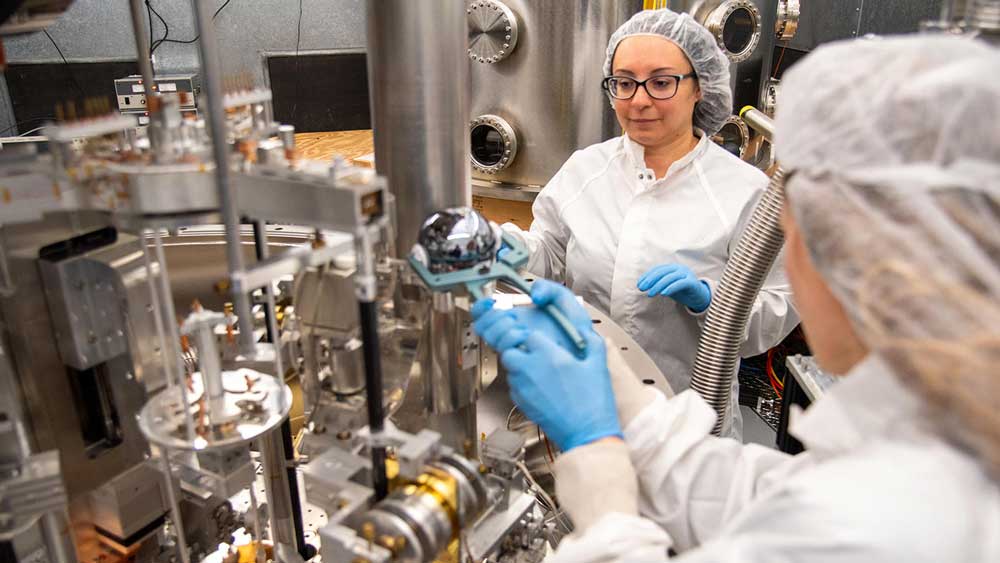Right now, the U.S. and Germany have different approaches to defining, or realizing, as the researchers call it, the kilogram. Here, NIST researcher Darine Haddad looks on as German researcher Beatrice Rodiek places a sphere on NIST’s highly accurate weighing machine, known as the Kibble balance. The goal of the research is to get closer to the same definition using the different methods. Credit: B. Hayes/NIST
NIST is unique as the national measurement science institute. We are the U.S. agency responsible for maintaining measurement standards, from the second to the kilogram.
|
ADVERTISEMENT |
We help ensure that these units of measure are consistent across our watches and our grocery scales. But this isn’t as straightforward as it may sound, and our activities sometimes lead us to use everyday words in unusual ways. In this article, I’ll introduce you to some of these different meanings. And who knows? At your next party, some people may think that you work at NIST (if you don’t already work here).
For starters, you’ll often hear our measurement scientists talk about artifacts. In everyday terms, those are human-made, historical objects that tell us about a particular culture at an earlier time. Think of the Rosetta Stone, the Dead Sea Scrolls, and the mask of Tutankhamun.
But in measurement science, artifact has a somewhat different meaning. It’s a physical object that represents a unit of measure, such as the metal kilogram or a platinum bar for the meter.
…

Add new comment